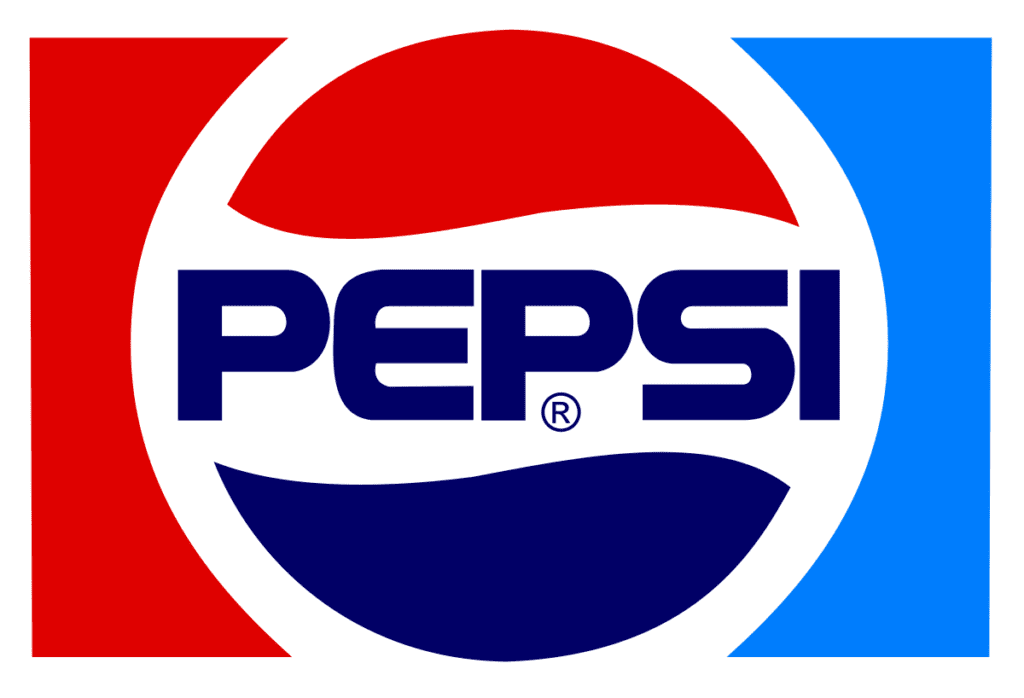The Brand Image & Identity & The Strategy To Take

Brand identity is under the direct control of the brand owner, whereas brand image represents the outsider’s subjective opinion of the brand.
Brand image and brand identity—I realised that most people do not have a firm grasp of these concepts. Frequently, I have discovered that businesses turn to agencies for assistance with issues related to their brand image when the real issue lies in the company’s brand identity.
Fixing a brand’s image requires significantly different efforts than resolving an identity crisis.
There is a crucial distinction between brand image and brand identity.
- Brand identity is under the direct control of the brand owner, whereas brand image represents the outsider’s subjective opinion of the brand. The brand identity is the intended representation of the brand by its owner.
- Personal branding is a useful lens through which to examine the distinction between one’s “public face” and one’s “projected self.”
- When thinking of yourself as a brand, “image” refers to how others see you, while “identity” refers to who you are.
- Brand image refers to how people now feel about your company, service, or location. It might be a correct interpretation, or it could include a lot of misconceptions. Customers are more likely to buy your products or visit your store if their expectations are based on personal experience. Identity, on the other hand, refers to the real nature of your product, service, or location.
Let’s imagine a store determines that they want their brand image to be kind and helpful. They may use their massive advertising budget to show the world how kind and reliable they are. However, when consumers need help in-store, they have to wait an hour on hold and deal with nasty workers. Once a business has established a reputation for being unsympathetic, unpleasant, and harsh, that is the image they want to project to the world. You may call it one’s standing in society.
Oftentimes, I find that written brand identities are aspirational and are meant to propel the business to its full potential. However, make no mistake: regardless of whatever high intentions you may have, your brand identity is what it is now.

Differentiating between your business’s image and brand identity can assist you in tackling many of the obstacles you encounter in the market. A brand image issue is often handled with a communication effort focusing on either generating awareness of your brand promise and/or correcting any misperceptions surrounding what your brand promise is. Your company’s reputation may benefit from such efforts in the long run.
When your company has issues with its brand identity, it usually implies that you need to put more resources into developing new products to make your brand more competitive. If your company is experiencing an identity crisis, it may be time to reevaluate its long-term strategy and make some adjustments to the way it allocates resources to better fulfil the promises made by the brand. In my experience, the most long-lasting returns come from capitalising on opportunities to improve product performance, packaging, or promotional claims.
Advertising or public relations will not fix your brand’s identity issues. If your brand promise has become less relevant or competitive, none of these strategies will help.
Example
Kodak is a good illustration of how a company may make strategic mistakes because of a lack of awareness of the distinction between image and identity.
You probably remember Kodak as a market leader during most of the 20th century. Their advertising claimed that their cameras would simplify the process of capturing life’s most priceless “Kodak moments”. This guarantee was cemented in the minds of customers.
Unfortunately, the removal of the film destroyed Kodak’s ability to deliver on its brand promise. Digital cameras made the whole process of those moments simpler.
Kodak’s top brass was familiar with digital photography. Steven Sasson, a Kodak engineer, created the first digital camera in 1975.
However, Kodak officials were averse to risking the company’s significant earnings stream from film sales to improve the brand promise of Kodak and make the company more competitive.
Kodak launched a massive advertising push to boost sales of non-digital cameras and film and reverse a fall in the brand’s promised relevance. If we fast forward to 2012, we can observe the harmful effects that Kodak’s handling of an identity crisis as an image problem had on the company. This was the year when Kodak declared bankruptcy.
A classic example of hubris. The greatest warning is the price you pay when you stop actively maintaining your brand.
In my experience, mischaracterizing a brand identity problem as a brand image issue invariably results in a loss of time, money, and leadership confidence, albeit not necessarily to the extent that Kodak faced. In reality, many businesses may make a full recovery with a time-sensitive, high-cost programme aimed at bolstering the relevance and/or competitiveness of their brand promise. The better strategy would be to accurately characterise the issue from the start, allowing for the identification of the most appropriate remedy.
Improving Company Recognition
Having a product development strategy in place is crucial to bolstering a brand’s present impression (image) by giving consumers more evidence to support the veracity of the brand’s promise. Have a distinct programme in place that aims to improve service delivery and keeps the promise (identity) fresh and competitive.
Colgate in India is a perfect illustration. Colgate has worked to improve its reputation by, among other things, funding and publishing scientific studies on its health advantages and gaining the approval of the Indian Dental Association.
As part of its attempts to stand out, Colgate has introduced many new variants. All these things work together to make Colgate’s promise of better oral health more credible and appealing to consumers.
Potential brand identity difficulties are usually handled before they become market concerns if you actively spend on bolstering your brand’s positive points of competitive differentiation and/or neutralising your brand’s competitive disadvantages.
Dont compromise. To influence how customers see your company, you need a well-crafted brand image strategy that effectively conveys your brand promise and a related but distinct brand identity plan (product development) to keep your brand promise fresh and competitive over time. There has to be a distinct strategy and budget for each objective. The idea behind it is simple. However, in reality, you will have a certain amount of money and will have to make wise trade-off judgements. If you make the right call, you’ll come out on top. Like Kodak, a bad decision will fail.
The unique personality and market distinctiveness of a brand improve when its identity matches the brand’s public persona. This is why it is so important for a business to have a distinctive brand identity that is congruent with both.
Many people believe that the widespread recognition of a brand is the key to its success. But brand recognition only defines the breadth of a brand’s accomplished image, not its depth.
Reference
https://brandingstrategyinsider.com/the-difference-between-brand-image-and-identity/




1 Comment